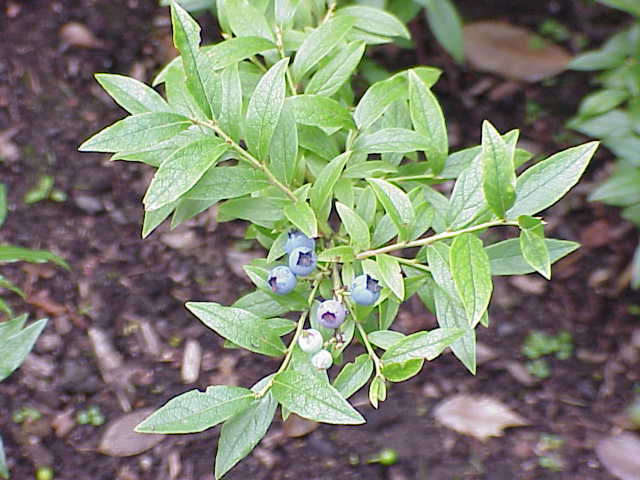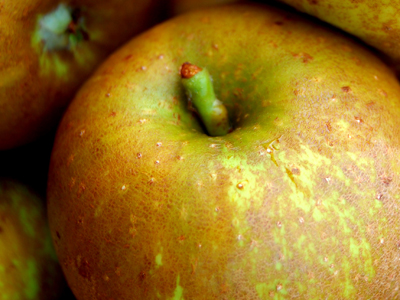Now, as I sit here with a giant apple (thanks to my local corner store), the temperature has climbed to almost 15°C. It’s still early March, but later this week it will climb further to about 20°C. And if the unusually warm winter has taught us nothing, it’s at least opened our eyes to the effects of global warming. In the busy cities and sprawling suburbs we can’t continue ignoring our carbon footprint.
The movement to “buy and grow local” is not new, and has gained momentum as more people visit farmers markets for their cheese and plant backyard vegetable gardens for their salads. At LEAF we’ve long been requested to offer fruit trees, and this past winter the time was right to do some serious research and see what could work.
As the Field Operations Supervisor, part of my job is to look into what trees and shrubs are best for the backyards in our program. When it came to fruit this meant I had to decide on the types and varieties that would have the best chance at growing well in this climate. (If you had to guess what percentage of the fruit grown in Canada - or even Ontario for that matter - are native species, would it surprise you to know it’s almost zero?) I was determined that we could offer native fruit tree species as well as more traditional fruit.

The pin cherry, Canada plum, lowbush blueberry, and northern wild raisin were all obvious choices for me. I started researching pears (did you know that almost all pear varieties offered in the grocery store are heritage varieties?), but due to a rust disease that hit hard last year we crossed it off the list and I shifted my focus to apricots and apple trees.
Knowing there are no apples native to North America (aside from some crab varieties), I wanted to know more about heritage varieties that were once grown in this region, and whether they would be a good choice for our Edible Garden Kits. I read stories of Jonny Appleseed, George Washington, and Thomas Jefferson – all historic apple lovers. I found heritage apples that are grown for specific purposes, like cooking or for cider. But I wanted to find something that could suit an urban backyard – an apple of all trades. Finally, I narrowed it down to two species that taste great and have an interesting history behind them.

The first is the Wealthy. Its story reaches back to around 1870 in Minnesota and a farmer named Peter Gideon. He moved to the state with his family and a bag of apple seeds, set to grow apples to eat and earn income. After the first couple of years as he watched every tree in his orchard die, he grew determined to find an apple that could survive the harsh winters of the state. He spent his last dollars on a bushel of seeds, and lucky for his family, a single crab apple tree stood up to the elements. Later he would cross it with another apple variety to create the original Wealthy apple.
The Golden Russet is a little older. First grown around New Jersey early in the 18th century it became popular due to its great taste and extended shelf life. Harvested in October the variety had the ability to keep for months. And when our North American nations were much younger, these apples helped nourish many through winters harsher than we would recognize.
The exciting thing about the heritage apples that are now offered in these Edible Garden Kits is that they are the same apples that were eaten over 200 years ago. Apple trees are not generally grown from seed – one in one hundred will produce something palatable. Instead, the trees we sell this spring are grown from grafts taken from another tree of the same variety, with the same DNA of the trees that grew in Jefferson’s orchard while he was busy contemplating the sceptics of a new republic.
If that is not food for thought, I don’t know what is.
The Backyard Tree Planting Program is supported by Ontario Power Generation, York Region, Ontario Trillium Foundation, The City of Markham and Toronto Hydro.
